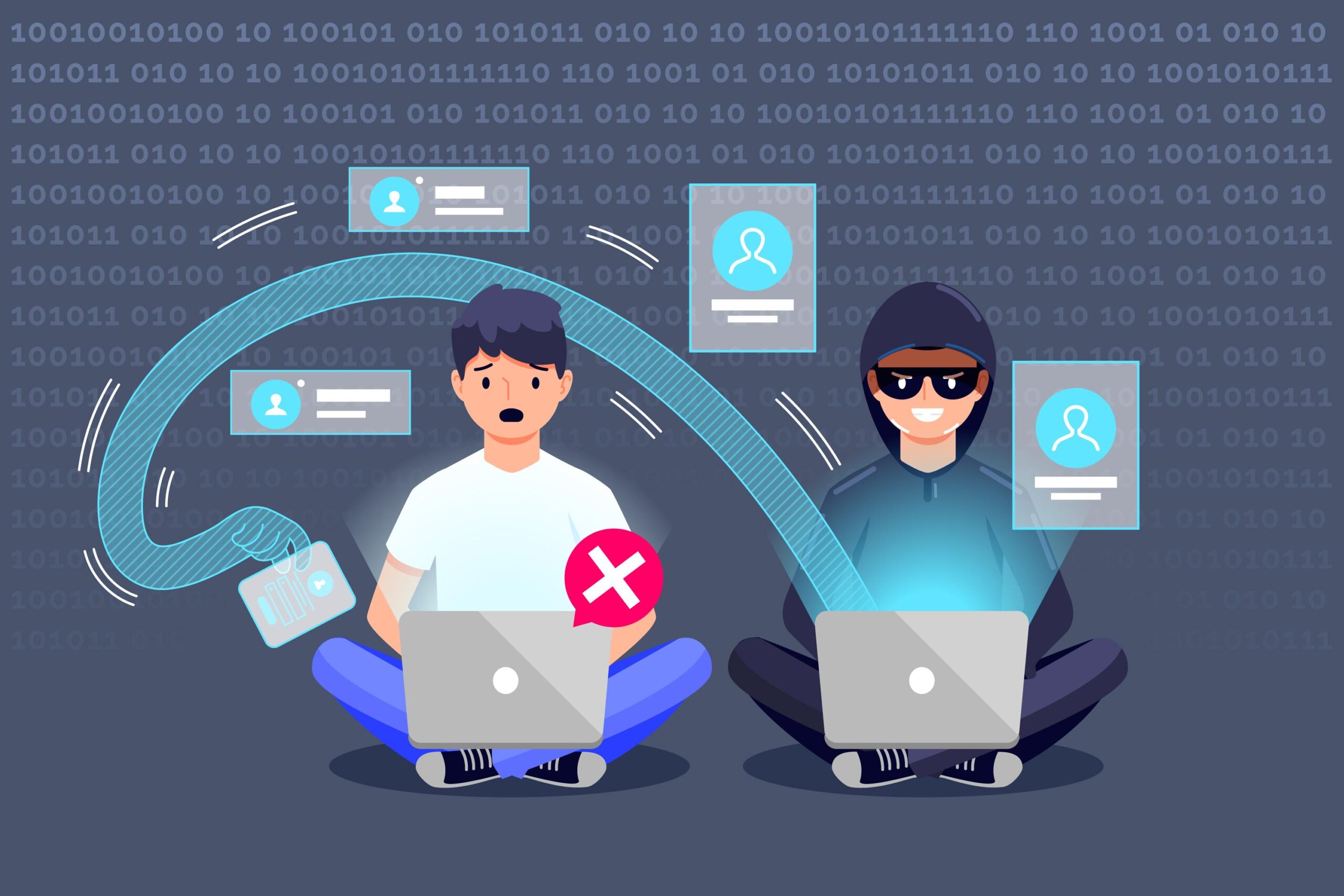What is Security Incident Response: Examples and Best Practices
- 1 What is Security Incident Response?
- 2 4 Examples of Security Incident Response
- 2.1 Malware Infection
- 2.2 Phishing Attack
- 2.3 Data Breach
- 2.4 Insider Threat
- 3 4 Security Incident Response Best Practices
- 3.1 Develop an Incident Response Plan (IRP)
- 3.2 Incident Identification and Classification
- 3.3 Regular Training and Drills
- 3.4 Establish Communication Protocols
- 4 Conclusion
In today’s interconnected digital world, organizations across all industries face a constantly evolving landscape of security threats. As a result, security incidents have become an unfortunate reality that can’t be avoided. Security incident response is a structured approach organizations use to manage and mitigate the aftermath of cyber threats, breaches, or malicious activities targeting their information systems. This approach involves developing a strategic plan, robust procedures, and defined protocols to identify, contain, eradicate, and recover from security incidents quickly and effectively.
Security incidents can come in different forms, such as malware infections, phishing attacks, data breaches, insider threats, unauthorized access, and denial-of-service (DoS) attacks. Each presents challenges and risks to an organization’s integrity, reputation, and operations. Due to the widespread and advanced nature of cyber threats, having a well-defined security incident response plan is essential to minimize the impact of security incidents.
In this article, we will explore security incident response, types of security incident response and security incident response best practices.
What is Security Incident Response?
Security incident response identifies, manages, and resolves security incidents within an organization. When a security incident occurs, such as a data breach or a cyberattack, it is essential to have a well-defined incident response plan in place. This plan should outline the steps that need to be taken to contain and mitigate the incident, investigate the root cause, and restore normal operations.
The goal of security incident response is to minimize the impact of the incident on the organization and prevent further damage or loss. It involves coordination between various teams, including IT, security, legal, and management, to ensure a timely and effective response. Organizations can improve their ability to detect and respond to security incidents by having a robust incident response plan, reducing the potential for financial and reputational damage.
4 Examples of Security Incident Response
Malware Infection
A malware infection is a severe security incident that requires prompt and effective response. When a malware infection is detected, it is essential to isolate the affected system or network segment to prevent further spread of the malware. The next step is to analyze the malware to understand its behaviour and capabilities, which can help develop an appropriate response strategy.
This may involve removing the malware from infected systems, patching vulnerabilities that allowed the infection, and strengthening security controls to prevent future incidents. It is also crucial to investigate the source of the disease and take necessary steps to mitigate any damage caused by the malware.
Phishing Attack
A phishing attack is a typical security incident example that organizations may encounter. In a phishing attack, an attacker poses as a trusted entity, such as a bank or a legitimate company, and attempts to trick individuals into revealing sensitive information or performing actions that could compromise their security. For example, an attacker may send an email claiming to be from a bank and ask the recipient to provide their login credentials.
If the recipient falls for the scam and provides their information, the attacker can use it to gain unauthorized access to their accounts or steal their identity. To effectively respond to a phishing attack, organizations should educate their employees about the signs of phishing attempts, implement robust email filtering systems, and regularly update security measures to protect against evolving threats.
Data Breach
A data breach is one of the most common security incidents that organizations may face. In this type of incident, unauthorized individuals access sensitive or confidential data, including personal information, financial records, or intellectual property.
Organizations must respond quickly and effectively to mitigate the potential damage and protect affected individuals when a data breach occurs. This typically involves conducting a thorough investigation to determine the extent of the breach, notifying affected parties, implementing measures to prevent further violations, and working with law enforcement and regulatory authorities as necessary.
Insider Threat
An insider threat is a security incident within an organization, typically caused by an employee or contractor who intentionally or unintentionally compromises the confidentiality, integrity, or availability of sensitive information. This can include unauthorized access to data, intellectual property theft, or sabotage.
For example, employees may misuse their access privileges to steal customer data for personal gain or share confidential company information with a competitor. Organizations should have robust security measures to effectively respond to an insider threat, including employee training and monitoring systems to detect and mitigate potential risks.
4 Security Incident Response Best Practices
Develop an Incident Response Plan (IRP)
Developing an Incident Response Plan (IRP) is a crucial best practice for effective security incident response. An IRP outlines the steps and procedures to be followed during a security incident, ensuring that all relevant stakeholders know their roles and responsibilities. When developing an IRP, it is essential to consider factors such as the organization’s specific security needs, regulatory requirements, and industry best practices.
Organizations need to have a plan in place to handle security incidents. This plan should include detecting, containing, eradicating, and recovering from any incidents. Testing and updating the plan regularly is crucial to ensure it’s effective in real-world scenarios. Organizations can reduce the impact of security incident response by having a well-defined plan and effectively managing potential risks to their systems and data.
Incident Identification and Classification
Identifying and classifying incidents is vital to any effective security incident response plan. The initial step involves setting up a system to detect and monitor possible incidents. This can be achieved by installing intrusion detection systems or setting up alerts for any suspicious activity.
Once an incident has been identified, it must be promptly classified based on its severity and potential impact on the organization. This classification helps determine the appropriate response actions and resources to mitigate the incident effectively. It is essential to have clear criteria and guidelines for classifying incidents to ensure consistency and enable a swift and effective response.
Regular Training and Drills
Regular training and drills are integral to an effective security incident response plan. By conducting regular training sessions, employees can become familiar with the protocols and procedures that should be followed during a security incident. This helps ensure everyone knows their roles and responsibilities, allowing for a more coordinated and efficient response.
Additionally, conducting drills allows organizations to test their incident response plans in a simulated environment, identifying any existing gaps or weaknesses. Organizations can better prepare to effectively mitigate and respond to security incidents by regularly practising and refining their response strategies.
Establish Communication Protocols
Establishing communication protocols is a crucial best practice in security incident response. When a security incident occurs, transparent and timely communication is essential to ensure that all relevant stakeholders are informed and can take appropriate action. This includes establishing lines of communication within the incident response team and with external parties such as IT staff, legal counsel, and public relations.
It is essential to have predefined channels and procedures for reporting incidents, sharing information, and coordinating response efforts. By establishing communication protocols, organizations can ensure they are prepared to effectively respond to security incidents and minimize the potential impact on their systems and data.
Conclusion
A strong security incident response plan is crucial for any organization to defend itself against cyber threats. Examining various examples and best practices makes it clear that preparedness, swift action, and continuous improvement are essential. Each step strengthens an organization’s resilience, from identifying potential vulnerabilities to implementing response plans and conducting thorough post-incident analyses. Ultimately, creating a culture of vigilance and adaptability is critical to effectively mitigating risks and safeguarding sensitive assets in an ever-changing digital landscape. Contact managed security services experts to get more insights on security incident response.


















